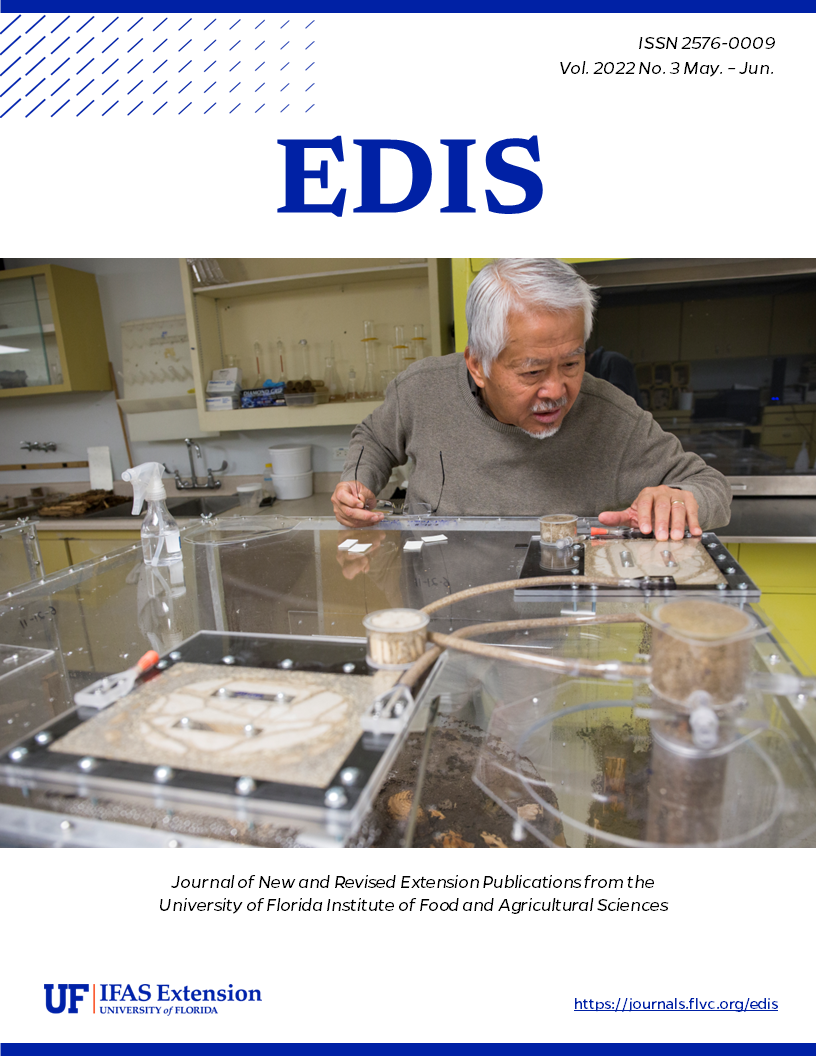Abstract
The southern pine beetle (SPB), Dendroctonus frontalis Zimmermann, has been the most economically important forest insect in the pine timber industry in the southern United States. From 1960 through 1990, the bark beetle caused economic losses estimated at $900 million (Price et al. 1992). From 1998 to 2002, a four-year outbreak in the southern Appalachian Mountains affected more than 1 million acres with an economic loss of more than $1 billion (Clarke and Nowak 2009). In 2001,17,599 acres of pine forest were damaged by SPB in Florida alone, causing an estimated $38 million in damages.
While the spectacular outbreaks have captured attention, equally interesting are the long periods of the beetle absence between outbreaks, and the factors that maintain its low populations. Recent observations suggest that in natural conditions the beetle is a rare insect, and rarely responds with an outbreak unless silvicultural practices create a suitable environment: overstocked, even-aged, large pine stands. Despite many decades of research on the beetle ecology, we lack a complete understanding of its population dynamics, and its original (preindustrial) ecology remains elusive (Asaro et al. 2017). Fortunately, silvicultural practices leading to resistant stands are now commonplace, and principally include thinning (either mechanical or by fire) and rapid detection and removal of infestations (Nowak et al. 2015).

